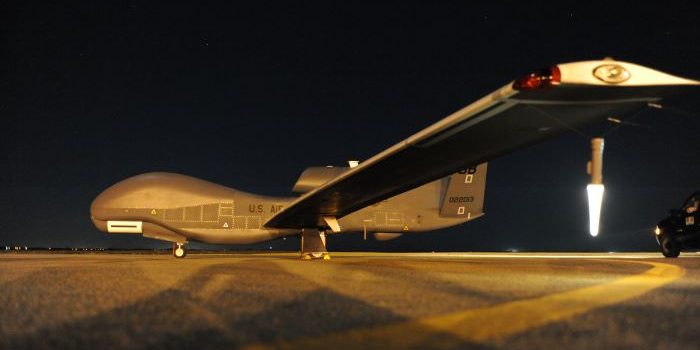The Homeland Defense and Security Information Analysis Center (HDIAC) was asked to identify how UAS technologies are being used to detect, deny, and impact border security and humanitarian assistance and disaster relief. UASs have been recognized as a versatile platform that can pose threats in various domains to DoD personnel and government operators/agents. Two domains that are particularly challenged by developing UAS technologies are border security and humanitarian assistance and disaster relief.
Multiple DoD organizations have been researching ways to counter enemy threats along U.S. borders, including using electronic warfare, sensors, and electro-optical and infrared (EO/IR) tracking capabilities. The U.S. Customs and Border Patrol agency, the Department of Homeland Defense, and multiple government-sponsored industry and academia partners continue to research how to counter the border threat using UASs. Research appears to center around using electronic warfare, a variety of sensors, and EO/IR tracking capabilities to combat ongoing threats.
DoD and DoD-sponsored organizations researching ways to detect, deny, and impact humanitarian assistance and relief include the U.S. Department of Homeland Security Science and Technology Directorate National Urban Security Technology Laboratory, GlobalMedic’s RescUAV Program, the United Nations Office for the Coordination of Humanitarian Affairs, the World Health Organization, the International Civil Aviation Organization, and the Department of International Development. Research is being conducted to test UASs and their ability to create 3-D maps of regions to assist locating people in need of critical aid, deliver medical supplies, transport medicine and vaccines, and provide search and rescue support.


